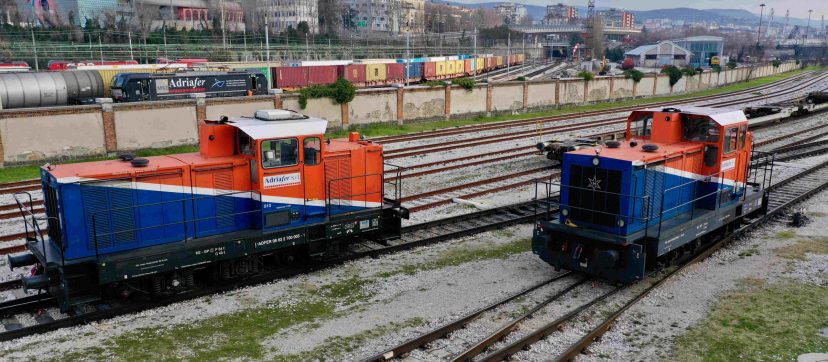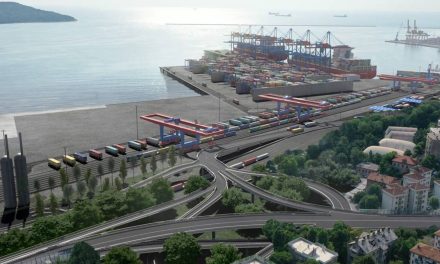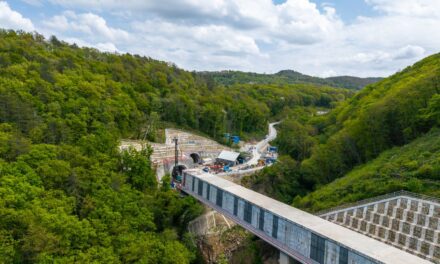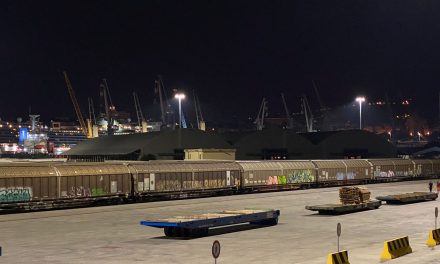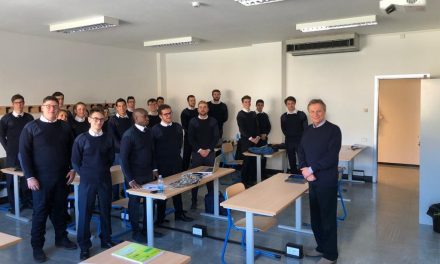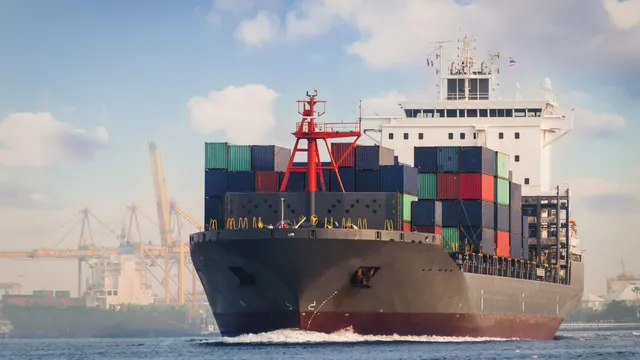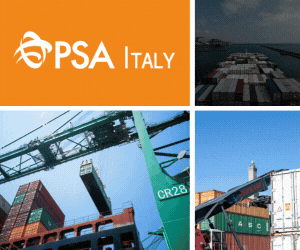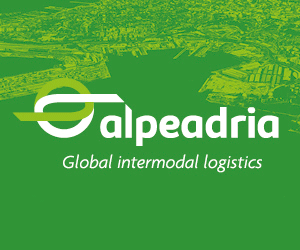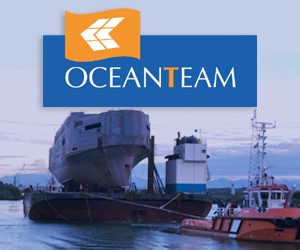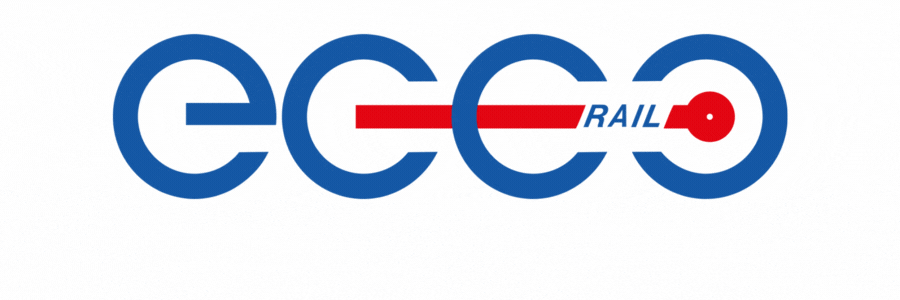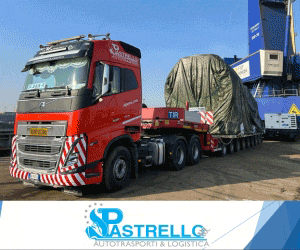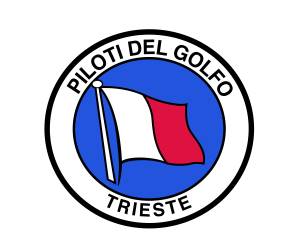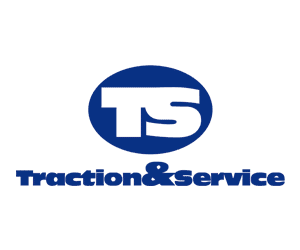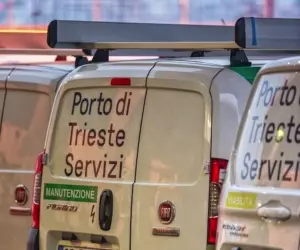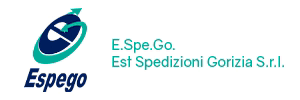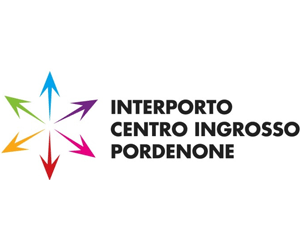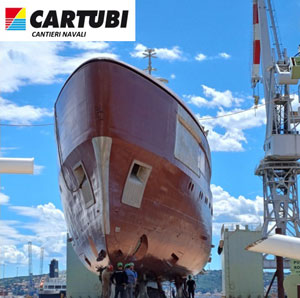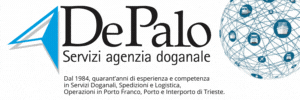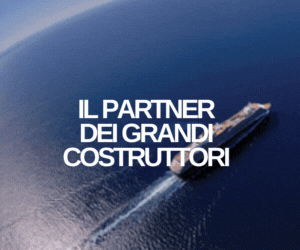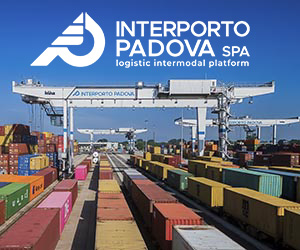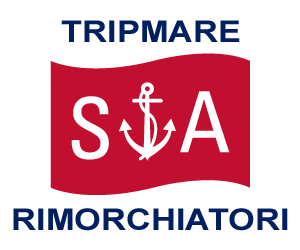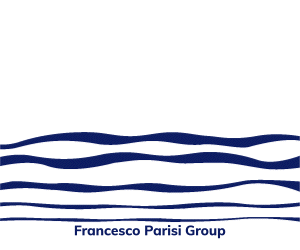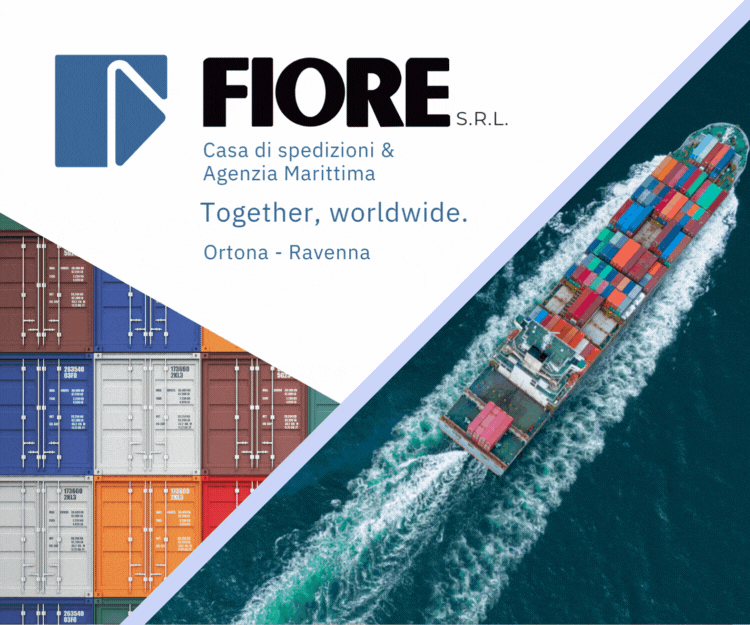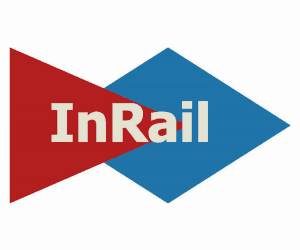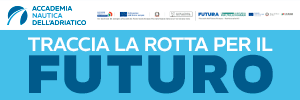TRIESTE – Innovation and ecological transition break into the future of Adriafer, railway operator of the Port of Trieste, which has started a collaboration with Snam to test hydrogen locomotives.
For the moment, this is only an attempt. Still, it is now certain that Adriafer, the sole manager of the railway operations in the port of Friuli Venezia Giulia, will do a test with a locomotive manufacturer for a vehicle powered by a hydrogen engine.
In the meantime, as explained by the managing director, Maurizio Cociancich, there will be a transition period because other fuels will be evaluated to reconvert the locomotives in the first phase. Today Adriafer does not have electrified lines and is therefore forced to use vehicles with diesel engines.
The hypothesis on which they are working involves liquefied natural gas but also bioethanol. The first solution would be simpler for refuelling and operations. However, this will be a first step, a passage that will lead to investing in hydrogen, which is still far from being used for freight trains.
However, on passenger transport where less traction power is required, there is no longer talk of projects but practical applications. Alstom’s Coradia iLint is the world’s first passenger train powered by a hydrogen fuel cell, producing electricity for traction. From September 2018 to the end of February 2020, two Coradia iLint trains have successfully travelled more than 180,000 kilometres. The first hydrogen-powered series trains will be in regular service in Germany starting in 2022.
Meetings between Adriafer’s top management and rolling stock manufacturers are planned in the coming weeks to understand the various approaches toward hydrogen.
In the meantime, always on the wave of innovation and sustainability, the Easy wagon initiative, launched at the end of 2020 by Adriafer itself, is having great success. In collaboration with VTG Rail Europe and the port community of Trieste, the company makes available to its stakeholders and railway companies in the region a wagon rental service. Any rail carrier or intermodal operator can have access to a pool of “twin” wagons, therefore for intermodal logistic units (containers, semi-trailers or swap bodies), or 80 feet wagons, ideal for the transport of 20′ and 40′ containers, even for a single day.
Requests are at the highest level of availability and come mainly from railway companies for rail services in start-up from the port of Trieste.
In Trieste Adriafer ready to test hydrogen locomotive in partnership with Snam
